These 15 Essential Culinary Herbs are the most frequently used in classic and modern cooking. Discover the magic of adding herbs to make food taste more exciting and delicious.
Herbs are an elemental ingredient in cooking. They can delicately enhance the flavor of any sauce, work in symphony with other flavors, or completely dominate a dish as a single flavor.

Get special tips for using fresh and dried herbs. Plus the iconic dishes that are known for the use of a specific herb.
Jump to:
- About Culinary Herbs
- What is the Difference between Herbs and Spices?
- Cooking with Herbs
- 15 Culinary Herbs Every Cook Should Know
- Sweet Basil
- Bay Leaves
- Chervil
- Chives
- Cilantro
- Dill Weed
- Fennel
- Lemongrass
- Mint
- Oregano
- Parsley
- Rosemary
- Sage
- Tarragon
- Thyme
- Essential Culinary Herbs Chart
- Dried Herbs versus Fresh Herbs
- Fresh Herbs to Dried Herbs Conversion
- Storing Herbs
- Identifying Chervil, Parsley, and Cilantro
- Classic Culinary Herb Combinations
- 💬 Comments
About Culinary Herbs
Culinary herbs are the leaves and stems of edible plants that have savory or aromatic properties that enhance the flavor of food. These aromatic properties come from the oils in a plant.
There are two types of herbs, perennial and annual. Herb plants that are perennial shrubs or trees, like rosemary and the bay laurel tree, are planted once and can live year after year when they are well-tended.
Annual herbs only live for a year at maximum and must be replanted every year and sometimes every season to have a steady supply. Both basil and chives are examples of annual herbs.
What is the Difference between Herbs and Spices?
Although both herbs and spices come from plants, they each come from different parts of a plant. Spices come from seeds, stamens, fruits, and roots, while herbs are only the leaves and stems of an edible plant. So, the seed form of an herb is a spice.
Occasionally a plant can be both an herb and a spice, such as the dill plant whose leaves, dill weed, are an herb, and its seed, dill seed, is a spice. And sometimes the name changes like with cilantro where the leaves are cilantro but the seeds are known as coriander.
Cooking with Herbs
You probably already know the power of culinary herbs in cooking if you have Italian herb seasoning or bay leaves in your pantry.
Herbs bring national and personal character to a dish. Cooked tomatoes without basil and oregano are just tomato sauce and not Marinara sauce, while American turkey dressing just isn't the same without Bell's poultry seasoning and it's blend of rosemary, oregano, sage, marjoram, and thyme.
There are many imaginative ways in which herbs can be used to enhance dishes. They can be cooked into a dish from the very beginning like a bay leaf in braised and stewed dishes, added toward the end of cooking like chervil in bearnaise sauce, and even added to cold dishes like herb butters, dips, salads, and salad dressings where their flavor can be bright and vibrant.
Today we see herbs being used more than ever as home cooks and chefs branch out and hone their special signature style of food. But herbs haven't always been in the spotlight in the way they are today.
During the 1960's the most common herb seen on a plate was a sprig of parsley. In the 1990's that sprig was chopped and sprinkled liberally around the rim of a plate. But herbs are so much more than a parsley garnish.
Consider herbs the supporting player in your food and you will always dish up something interesting and memorable.
My first experience with herbs making an impression was with one of the most iconic salad dressings of all time, Green Goddess, which is loaded with fresh parsley and chives.
And today I love using herbs in fruit salads like my watermelon salads where I use basil in the dressing and also mint in the salad.
15 Culinary Herbs Every Cook Should Know

Sweet Basil
Characteristics: Aromatic, Sweet, Peppery, Clove-like.
Best With: Eggplant, Tomatoes, Zucchini
Beef, Chicken, Eggs, Fish
Best In: Curries, Pestos, Sauces, Soups
Notable Dish: Italian Pesto Sauce
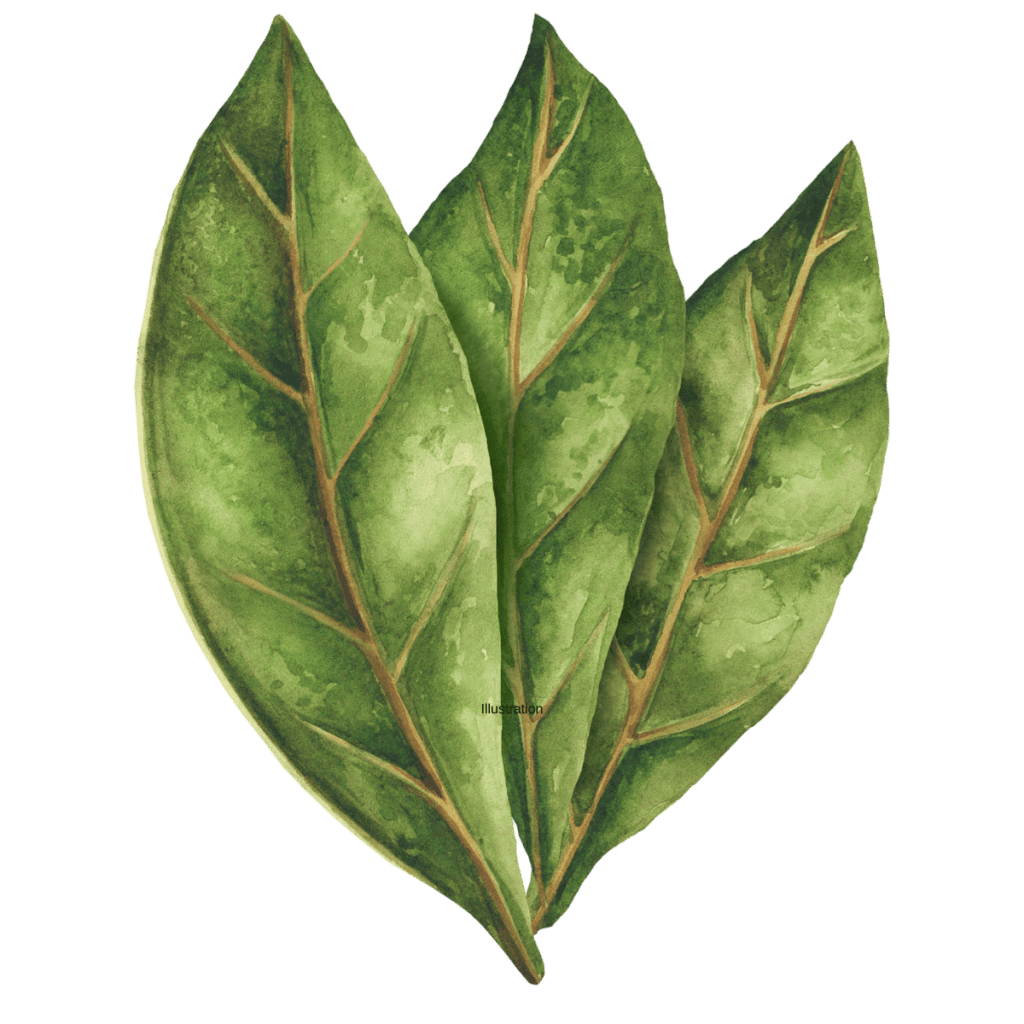
Bay Leaves
Characteristics: Pungent and Distinct
Best With: Dried Beans, Dried Peas,
Beef, Pork
Best In: Soups, Stews, Braised Foods
Notable Dish: Yankee Pot Roast

Chervil
Characteristics: Delicate Anise and Grassy
Best With: Eggs, Fish, Fresh Greens, Poultry
Best In: Omelets, Salads, Sauces, Soups
Notable Dish: Bearnaise Sauce

Chives
Characteristics: Mild Onion
Best With: Onions, Leeks, Potatoes, Rice
Chicken, Cottage Cheese, Eggs, Fish
Best In: Dips, Garnishes, Soups, Sauces, Risottos
Notable Dish: French Omelette with Chives
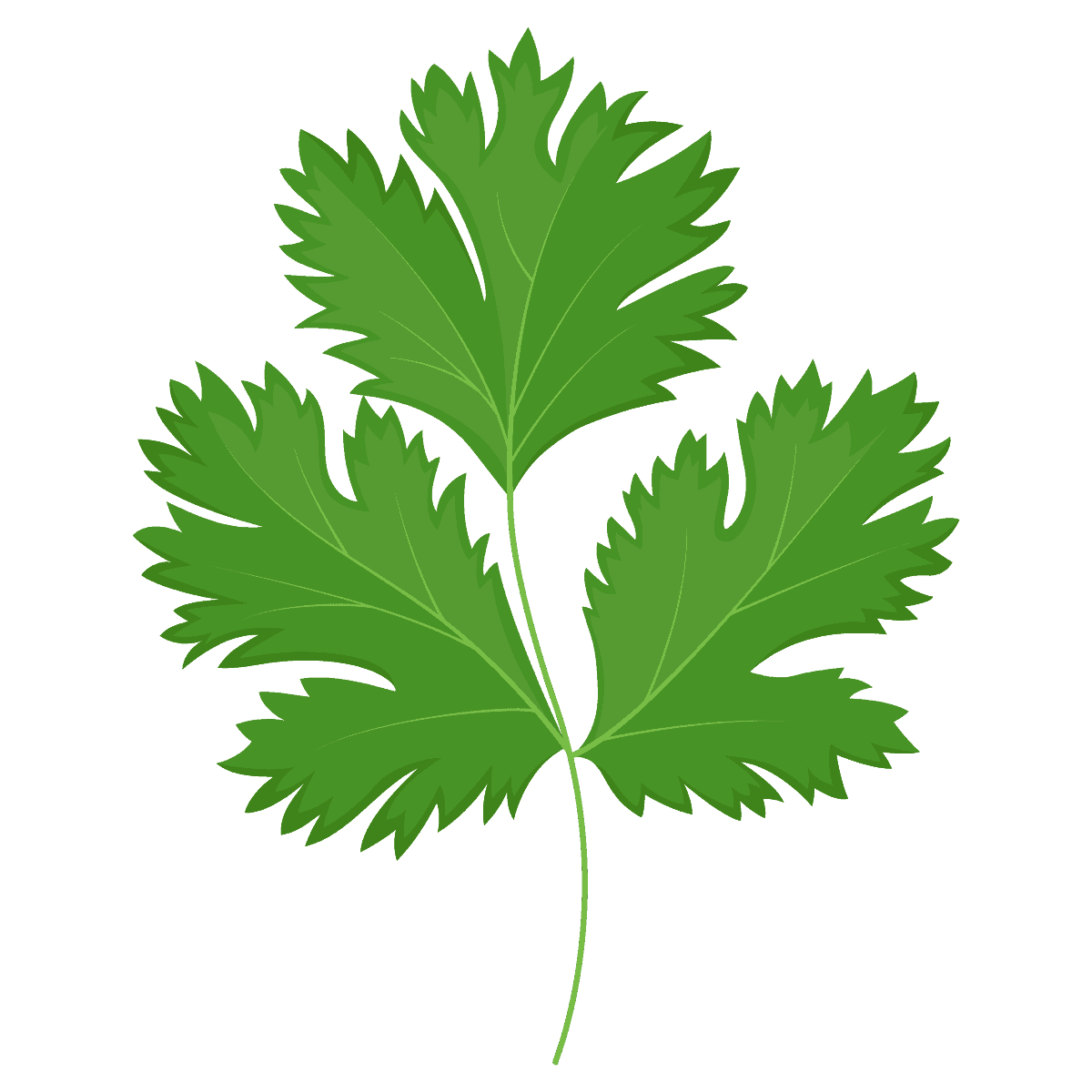
Cilantro
Characteristics: Bright and Citrusy
Best With: Avocado, Tomatoes
Chicken, Fish
Best In: Chutneys, Curries, Dips, Salads, Salsas, Sauces, Soups
Notable Dish: Fresh Salsa

Dill Weed
Characteristics: Fragrant
Best With: Beets, Cabbage, Carrots, Cucumbers, Potatoes
Eggs, Fish, Sour Cream, Yogurt
Best In: Omelets, Potato Salad, Salad Dressings, Sauces, Soups
Notable Dish: Borsch (Soup)

Fennel
Characteristics: Fragrant, Licorice Notes
Best With: Eggs, Fish
Best In: Pastas, Salads, Sausage, Stews.
It can be Grilled or Braised
Notable Dish: Fennel & Mandarin Orange Salad

Lemongrass
Characteristics: Zesty, Grassy Citrus
Best With: Tomatoes
Beef, Chicken, Fish, Pork
Best In: Curries, Marinades, Sauces, Soups, Teas
Notable Dish: Tom Yum Soup

Mint
Characteristics: Refreshing, Sweet, and Cool
Best With: Carrots, Eggplant, Potatoes, Tomatoes, Watermelon, Zucchini
Best In: Beverages, Cream Sauces, Curries, Fruit Salads, Jelly, Marinades, Salads, Soups
Notable Dish: Mojito

Oregano
Characteristics: Warming and Aromatic
Best With: Eggplant, Mushrooms, Potatoes, Tomatoes, Zucchini
Beef, Chicken, Fish, Lamb
Best In: Pizza, Salad Dressings, Tomato Sauces
Notable Dish: Classic Marinara Sauce

Parsley
Characteristics: Grassy and Fresh
Best With: Cucumber, Mushrooms, Peas, Potatoes, Zucchini
Beef, Chicken, Fish, Lamb
Best In: Sauces, Salads, Garnishes for Most Dishes
Notable Dish: Green Goddess Salad Dressing

Rosemary
Characteristics: Fragrant Needles
Best With: Tomatoes, Potatoes
Chicken, Fish, Lamb, Pork
Best In: Foccacia, Marinades, Pizza, Tomato Sauces, Soups, Stews
Notable Dish: Rosemary Focaccia
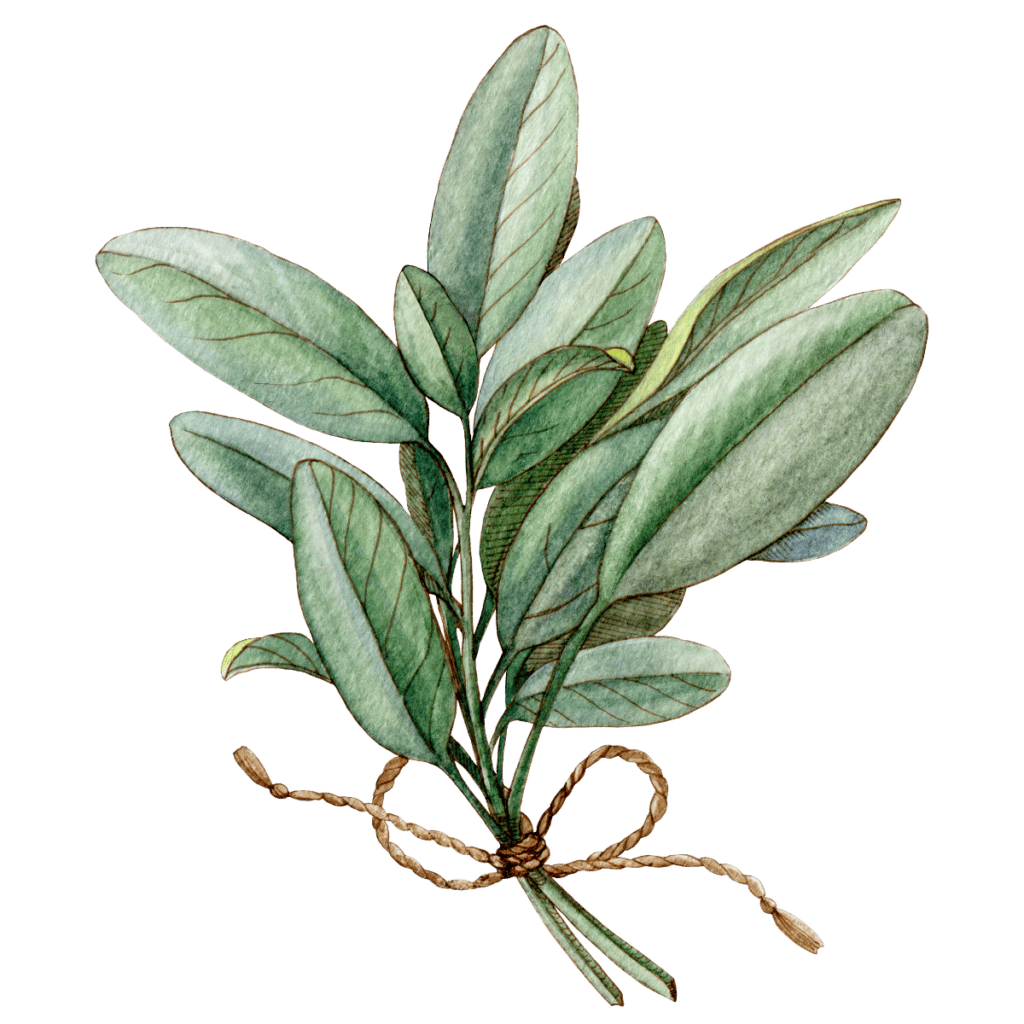
Sage
Characteristics: Woody and Very Aromatic
Best With: Beef, Brussels Sprouts, Eggplant, Cheese, Chicken, Duck, Peas, Pork, Turkey, Winter Squash
Best In: Risottos, Roasted Vegetables, Salad Dressings, Sauces, Soups, Stuffings and Dressings
Notable Dish: Chicken Saltimbocca

Tarragon
Characteristics: Black Licorice and Peppery
Best With: Carrots, Leeks, Mushrooms, Potatoes Spinach
Beef, Chicken, Eggs, Fish, Lamb
Best In: Cold Soups, Garnishes, Omelets, Salad Dressings, Vinegars
Notable Dish: Salad Nicoise

Thyme
Characteristics: Minty and Fragrant
Best With: Carrots, Peas, Potatoes, Rice, Tomatoes, Winter Squash
Chicken, Beef, Duck, Fish, Lamb, Pork
Best In: Chowders, Dips, Rice, Soups, Stews, Stuffings, Tomato Sauces
Notable Dish: Coq au Vin
Essential Culinary Herbs Chart
This chart lists the essential, most commonly used culinary herbs, their characteristics, what foods they are best paired with, what dishes they are best in, and cuisines that use these herbs often.

Dried Herbs versus Fresh Herbs
Fresh herbs have a milder flavor and are always more pleasing than dried herbs. However, unless you grow herbs, fresh herbs can be challenging to acquire from your local grocery store.
Once herbs are dried their volume decreases and the aromatic oils become more concentrated.
So, while fresh herbs are grassier and generally more delicate in flavor, dried herbs become stronger and may become bitter or sharp in flavor.
Fresh Herbs to Dried Herbs Conversion
Because dried herbs are more concentrated in flavor you will use less than fresh herbs. The following chart estimates the conversions from fresh herbs to dried and vice versa for any recipe.
| Fresh Herbs | Dried Herbs |
|---|---|
| 2 Sprigs | ⅛ Teaspoon |
| 4 Sprigs | ¼ Teaspoon |
| 8 Sprigs | ½ Teaspoon |
| 12 Sprigs | ¾ Teaspoon |
| 16 Sprigs | 1 Teaspoon |
| 48 Sprigs | 1 Tablespoon ( 3 Teaspoons) |
Storing Herbs
Small quantities of fresh herbs should be wrapped in a barely damp paper towel and stored in a zip-top plastic bag in the refrigerator.
Large bunches of herbs like parsley or cilantro can be placed in a small jar, glass, or vase filled with water. Just like flower bouquets, cutting the stems will help the herbs absorb water and extend their storage.
Dried herbs should be stored in an airtight container in a cool, dark place to preserve their flavor.
Identifying Chervil, Parsley, and Cilantro



Chervil, flat-leaf parsley, and cilantro look very similar but there are ways to identify each of these herbs if they are not tagged at the market.
Chervil looks similar to celery leaves and smells like parsley. Parsley can be curly or flat, but chervil and cilantro are never curly.
Cilantro has rounded telltale leaves, and its aroma is warm and citrusy. Although indispensable in Mexican and Texmex cooking, for some people cilantro smells and tastes like soap.
Classic Culinary Herb Combinations
Bouquet Garni. The herb trio of parsley, thyme, and a bay leaf are tied together with cooking twine or placed into a cheesecake cloth bag. This combination of herbs is used often in French cooking for sauces, soups, stews, and braised dishes.
Fines Herbes. The French herb mixture Fines Herbes contains equal parts of parsley, chives, tarragon, and chervil all finely chopped.
Herbs de Provence. thyme, basil, rosemary, tarragon, savory, marjoram, oregano, and bay leaf. Avoid purchasing herbal blends that contain lavender, which is not traditionally used in cooking and is better suited for potpourri and room fresheners.
Italian Seasoning. Basil, oregano, rosemary, thyme.
Poultry Seasoning. Marjoram, oregano, parsley, rosemary, sage.




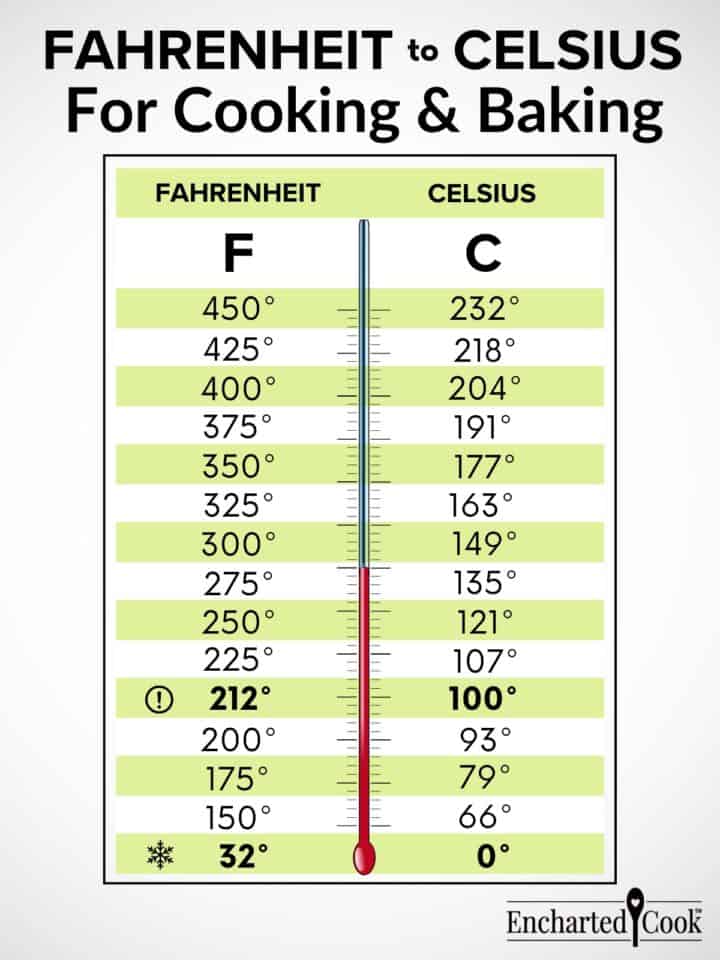

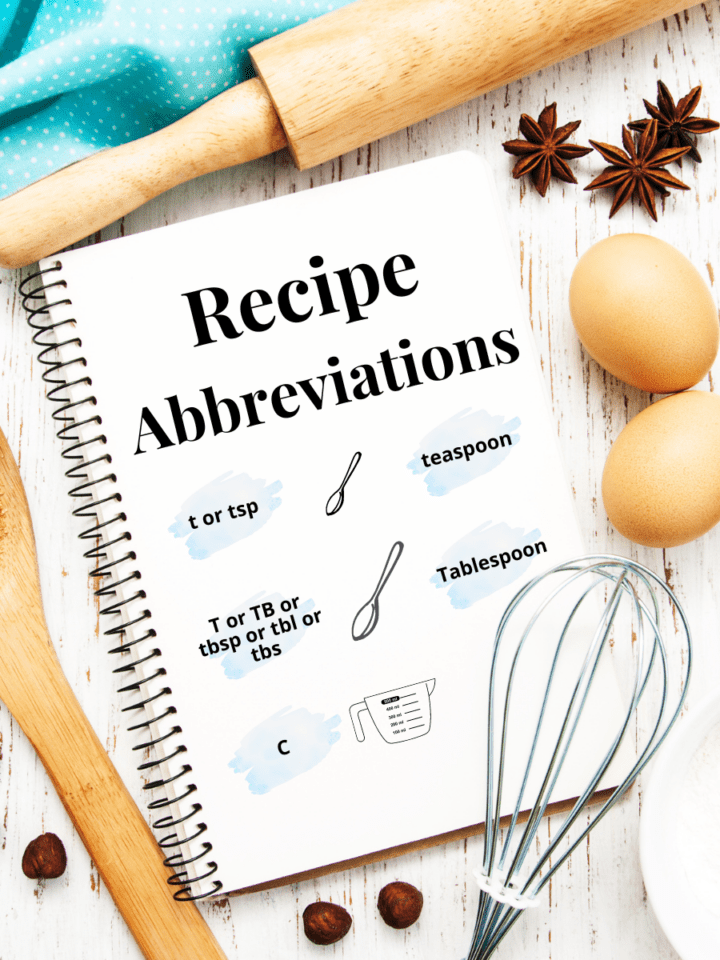
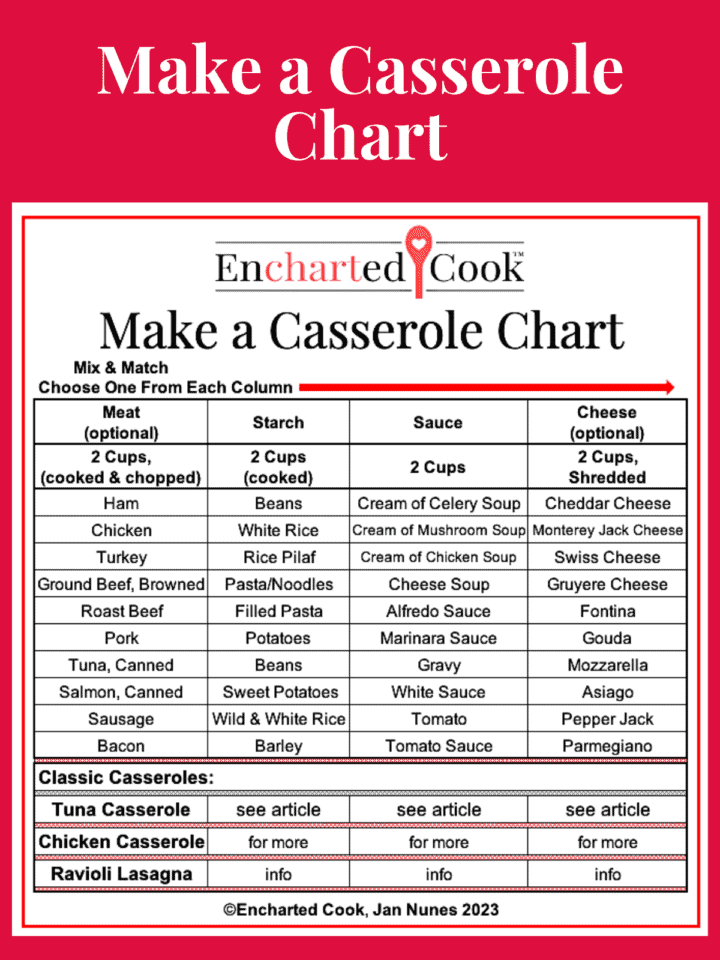
Comments
No Comments